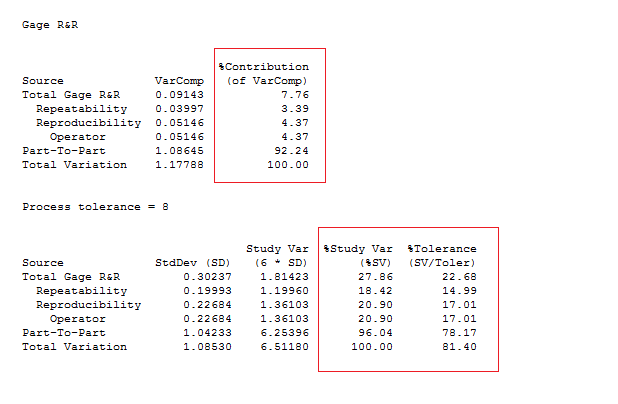
MINITAB variables are usually referred to by their column numbers (C1, C2) but the terms "column" or "variable" may be used interchangeably in actual usage or conceptualization. This feature may be especially helpful to users unfamiliar with the system. MTB>READ the following data into C1 and C2 For instance, the next two commands are synonymous: This feature allows you to insert explanatory notes to yourself. Any text on the line that MINITAB does not recognize will be ignored. The elements on a command line are separated by spaces or commas. (If you forget to add the period after the final subcommand, simply type it on the next line and hit. A command consisting of one command line and several subcommand line should have a semicolon ( symbol) after each command line with the last line ending in a period. Some MINITAB commands have subcommands that can be utilized. This command tells MINITAB you are now going to enter data into these three columns.ĭenotes a variable-written either as columns (C1, C12) or as names ('sex', 'age').ĭenotes a constant-written either as a stored constant or as a number (3.54). A command line may look like the following: When you utilize an &, the next prompt you receive will be CONT>. If a single command line requires more than one line to enter, all lines but the last should end with an ampersand, or & symbol. With some commands, you need to insert optional specifications in addition to the command name. For each command procedure, you must define which columns (variables) you wish to use. Most of the command names may then be modified by including additional parameters and specifications which tailor the command to your data set and procedures.
MINITAB OUTPUT FULL
For clarity, commands in this document will be written in full with those letters which must be utilized for MINITAB to recognize capitalized. For example "retrieve" may be abbreviated as "retr". Whenever the command name is longer than four letters, only the first four letters of the word need to be used. MINITAB Worksheets on the VAX may contain up to 1000 columns (variables) and stored constants, and up to 100 saved matrices.Īll commands in MINITAB begin on a single line with a four letter command name. (For information on this see the "Saving MINITAB Work" section of this document). IMPORTANT In order to have printed output of your work session, you must tell MINITAB this at the beginning of your session. This "output file", sometimes known as a "raw data file", can then be read by other programs or printed. In addition, some or all of the data contained in the worksheet may be written into an "output file" which is written in normal characters. The worksheets can, however, be saved as permanent files to be used in future MINITAB sessions. Worksheets are storage files written in MINITAB's own machine language which are only meaningful when edited within MINITAB. When you request information on your data to be shown on the screen, it will also appear in this format. The data is stored in the following manner: This operation defines C3 as the total of C1 + C2. To add a column through data manipulation at the MTB> Let C3=C1 +C2. For example, to add a column directly at the MINITAB prompt (MTB>), type Read C1 C2.

Columns may be added to the worksheet directly using the read or set command or they may result from manipulating already existing variables to create new variables via data transformation and data analysis. The worksheet format resembles a data matrix, containing a different case in each row and a different variable in each column. MINITAB performs statistical procedures on data stored as worksheets (.mtw). Additional help is available by contacting Minitab's Technical Services Department at (814) 238-3280.
MINITAB OUTPUT MANUAL
For more extensive information on MINITAB, see the MINITAB Reference Manual (1989), MINITAB Handbook (1985) or the MINITAB Primer. MINITAB has an extensive online Help facility which may be accessed by typing help at the MINITAB prompt.

Currently, the University of Washington is running MINITAB Release 7.2.

The most commonly used inferential and exploratory analytic procedures are included in this package, although it is somewhat limited in advanced statistics.

It is a set of procedures which stores, transforms and analyzes data. This is an introductory guide to MINITAB, an easy-to-use interactive general purpose statistics package on the VAX/VMS system.


 0 kommentar(er)
0 kommentar(er)
